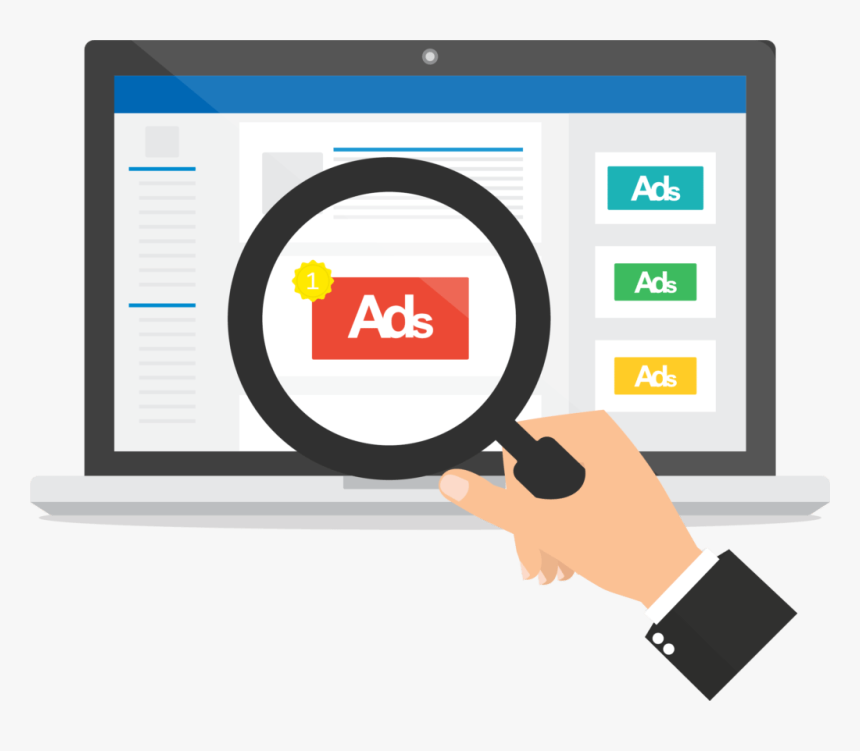Making the Most Bang for Your Buck

Everyone knows the saying “money talks” in the business world. For this reason, small businesses are afraid to invest in a paid advertisement budget for search engines. What if there was a way that your small business and small marketing budget could compete with the big dogs in your industry? Luckily enough, small businesses can do this without breaking the bank by following these 3 basic steps.
Step #1: Focus your ads
What is your customer looking for? Why should they choose you and not a larger business? What is your most important product/ service? Ask these questions when creating paid advertisements. These questions can be answered in 3 minutes. Bing Evangelist John Gagnon calls this his Three Minute Drill. As explained in his Stukent Expert Session titled Core Concepts of Paid Search Marketing, these basic questions help create the basic foundations for advertisement keywords, ad copy, and bid price. View here to learn about the Three Minute Drill.
Step #2: Think of What Makes YOU Special
Why should your customers use your product/service and not other businesses? Each business has something that makes them special. For small businesses, this is being small and locally owned. For instance, many customers will specifically shop at small businesses when the opportunity is given. One way to highlight that a business is small is to put it in the ad copy so potential customers know before clicking. Another way is by adding specific locations into keywords so when a user is looking for a good or service in a businesses given location, that small business will appear above larger ones. Click here to hear John discuss the advantages of small business paid ad marketing.
Step #3: Think of the Search Funnel
Search funnels are built by thinking of a searcher’s flow from the search box to the search page, then to the landing page, and then finally the point of conversion. From this, businesses can create their search funnels. Included in this funnel is initial research, specific field research, adding refinements, and then specific brands. To break it down, the first 3 steps of the funnel are the “interest” phase, and the second half of the third step and the fourth are the “purchase” stage. How can this help small businesses with paid advertisements? It is almost completely free to do. This process can be done with easy search engine queries. See John’s Search Funnels section here.
A Large Paid Advertisment Budget is not Needed
With the few basic steps above, even the smallest of businesses with minimal paid advertisement budget can compete with the big dogs who can incest much more in paid ads. Remember to always focus your ads, showcase what makes your business unique, and create search funnels to be on the same playing level with large businesses in the paid advertisement field.